I started a new topic because it seems as though it's a departure from the hardy drought-tolerant things we've been discussing, even though it can be related.
My big flower bed is an interesting mix of problems. The soil is pretty sandy and loose and drains quickly. It can get really, really dry out there. I haven't taken a sample to OSU yet, because it's just too hot to go anyplace that isn't mandatory. So . . . . I have about 2/3 of the bed in full sun and the remaining 1/3 in partial to full high shade from the oaks. Obviously the back of the bed that's under the oaks has a more humus-rich soil. The whole thing slopes gently a few inches from back to front, where it eventually meets the concrete of the enormous driveway. The front gets completely full sun and is.... difficult. Not only is it hot and bone-dry from the combination of sun and soil, but it also picks up additional heat from all that expanse of concrete.
In the entire bed I have my standard perennials of peonies, a couple of roses, some hibiscus moscheutos and hydrangea, a rose of sharon and 3 crape myrtles of assorted sizes and shapes, monarda, coreopsis and spiderwort, as well as the big clumps of bearded iris. There are a couple of azaleas and hostas in the shade. There are also two young maples that will eventually provide some more partial shade. Those were all put in before I began to switch over to the more native and drought-conscious materials. Since then I've added oenothera, lavender, malva fastigata, perovskia, some deep blue salvia (I'm not sure which one) and some sedum brevifolium for the really dry and bare spots. Purple violets followed me home from CA and have moved into wherever they might be happy. They are thriving in the shade.
Next spring I'll be adding in (with any luck) epilobium (hummingbird trumpet), sphaeralcea (desert malow), mirabilis, agastache, callirhoe (wine cups), more penstemon (fendleri, cyananthus, and secundifolius), and yellow oenothera, as well as setting out my new hesperaloe and zauschneria this fall, as soon as the weather cools down enough. I know that sounds like a lot of stuff, but I do have a big area to fill. If it ends up looking like a semi-native version of a cottage garden, so much the better.
My problem is this: I cannot leave the soil uncovered and not expect to deal with a bumper crop of devilgrass, bindweed, stick-tights and a host of other junk materials that I have to try to keep weeded out. I mentioned in a post several weeks ago that I invested in the 3 oz WeedBarrier Pro from DeWitt and the weeds that didn't come up through it simply seeded over the top and grew down instead. Not the optimum solution. DeWitt finally agreed to replace it with a big roll of their heaviest industrial grade product, which is now sitting in my shop building. And that brings me to the whole subject of the thread. Is it safe or wise to mulch the drought tolerant natives? If so, how much do I dare alter their native growing conditions? Clearly I'll have to withhold the water that's routed to the plants that need it, so that the natives aren't drowned by it. With my drip system I can't see that as a problem. I'll just redesign it and make some adjustments to suit the individual plants. I don't seem to get much, if any, run-off from it that can't be controlled to suit individual plant needs. But, will I be creating a nasty situation by using the mulch at all around the things that want to be, say, in TX or NM? Will my care and attention simply do them in?
I can't see how I'll ever be able to manage that big garden without using mulch of some kind to control the rampant weeds. Will I need to find a fine line between controlling them and still keeping the natives happy? Or can I go ahead and use the mulch as I would normally do and then simply control the water? I'll be altering the soil temperature at the same time, so I have to wonder how many things will want that dry, hot, unprotected soil and won't be happy without it. Somehow I need to find a happy in-between that will allow the plants to thrive and not kill me off with weed maintenance. This old body doesn't bend over and work for the long hours that it used to do. I don't want to completely sacrifice my big established stuff, but I really do also want to bring in more of the water-wise and hardy natives.
Can anyone give me some clues?
Pat
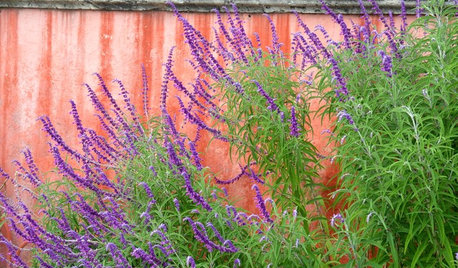
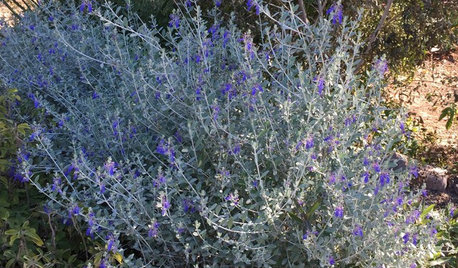
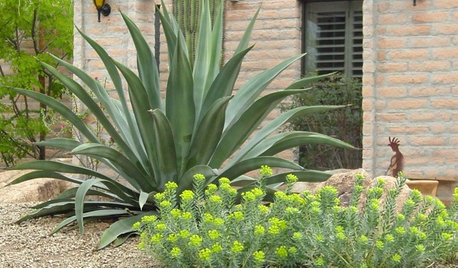

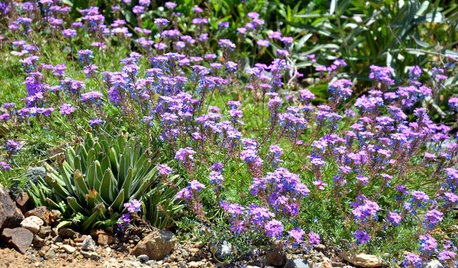
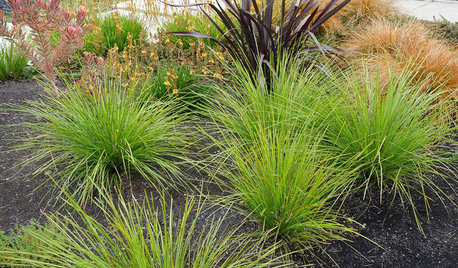







scardanelli
tracydr
Related Discussions
Need ideas for a very small and narrow drought tolerant garden
Q
Roses & Drought Tolerance
Q
Heat/drought tolerant gardens
Q
Suggestions for drought tolerant cemetery garden......
Q
reddingOriginal Author
tracydr
mulberryknob
reddingOriginal Author
Okiedawn OK Zone 7
reddingOriginal Author
tracydr
reddingOriginal Author
Okiedawn OK Zone 7
tracydr
reddingOriginal Author
jlhart76
reddingOriginal Author